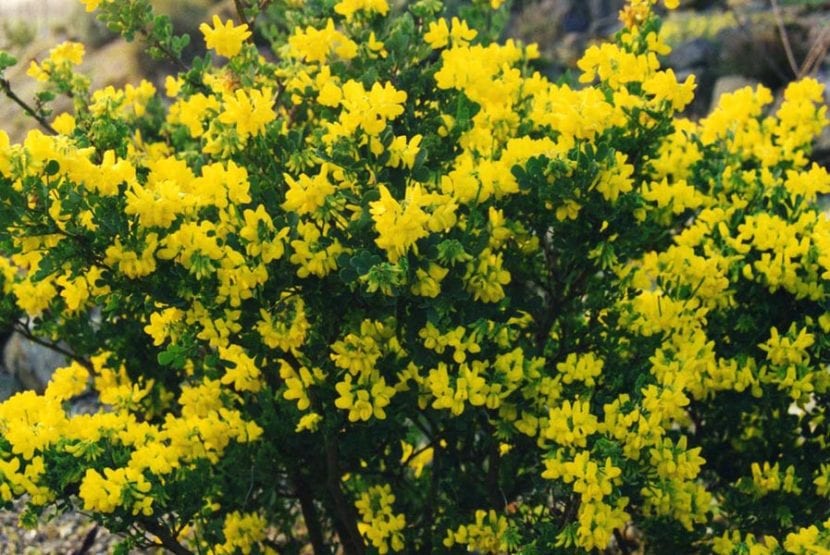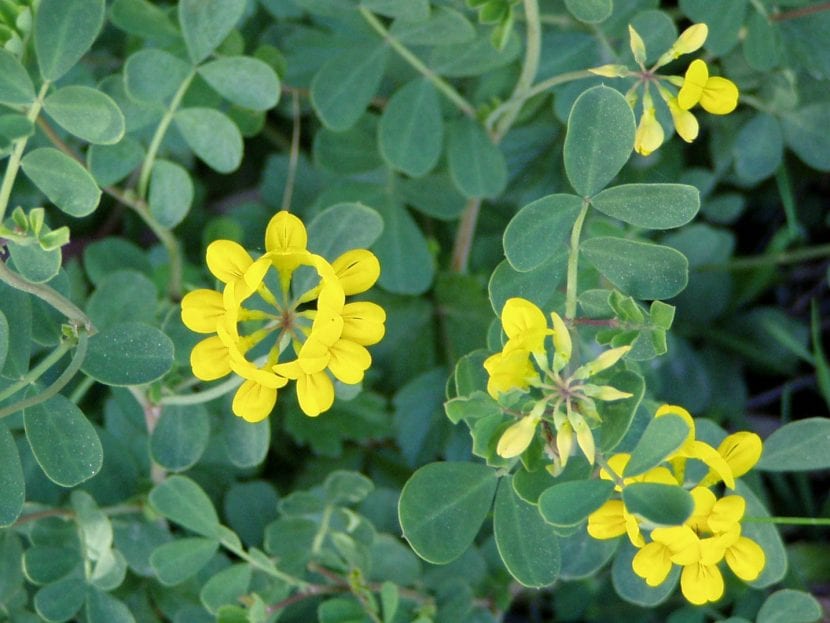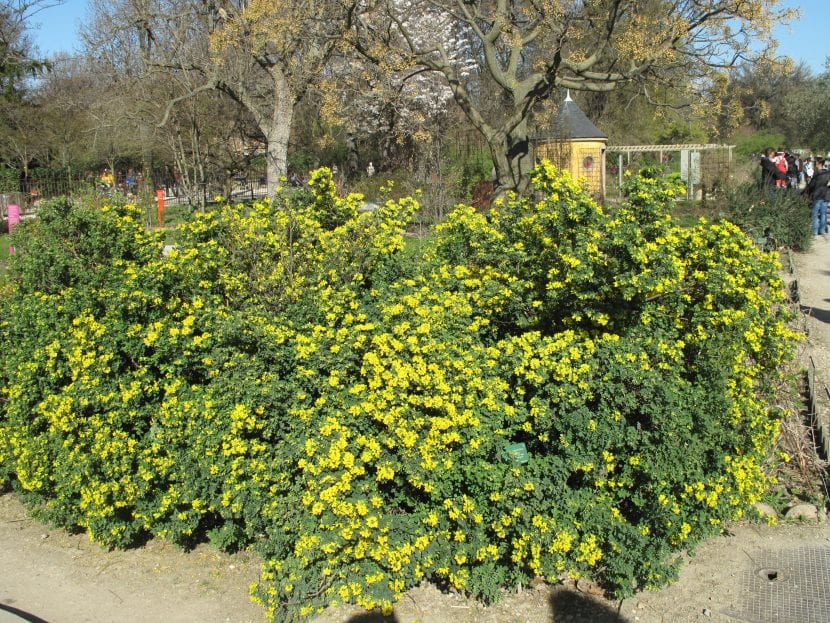
Image - Wikimedia / Ghislain118
La Glaucous crown it is a perfect shrub to surprise. It is one of those that, due to its green leaves, go unnoticed, but when it blooms it is quite a spectacle, since it is covered almost completely with beautiful yellow flowers.
In addition, it resists high temperatures well and is not affected by short periods of drought. Keep reading to know more.
Origin and characteristics
In this evergreen shrub whose scientific name is Coronilla valentina subsp. glaucous o Glaucous crown, popularly known as crown, English rue, sprigs of gold, coletuy, carolinas or spangle. It is native to the Mediterranean region, found in the center and south of the Iberian Peninsula, on the islands of Mallorca and Menorca, and northwest Africa, at an altitude from 0 to 1000 meters above sea level,
Reaches a height of between 50 and 100cm, erect and highly branched. The leaves are odd-pinnate, with leaflets in 2 or 3 pairs up to 2cm long. The flowers are yellow, 7-12mm long, and meet in umbels. The fruit is a 1-5cm long and hanging pod containing 1 to 10 seeds.
What are their cares?

Image - Wikimedia / Júlio Reis
If you want to have a sequin specimen, we recommend you provide the following care:
- Location: it must be outside, in full sun.
- Earth:
- Irrigation: about 3 times a week in summer, a little less the rest of the year.
- Subscriber: from the beginning of spring to the end of summer with fertilizers such as guano, manure o compost. You just have to know that if it is in a pot it is better to use liquid fertilizers, following the instructions specified on the container.
- Multiplication: by seeds and cuttings in spring.
- Pruning: late winter. It tolerates it quite well, so you can shape it into a bush or a sapling.
- Plagues and diseases: It's very tough.
- Rusticity: it resists frosts down to -7ºC.
What do you think? Did you like it?
